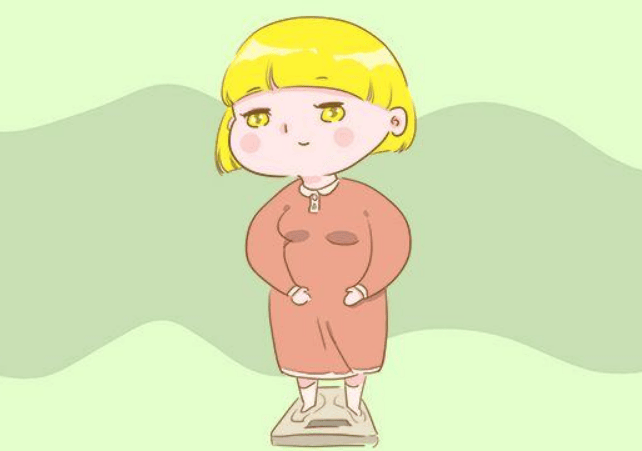Childbearing is not a single-person matter, it requires the collaboration of both husband and wife. In the past, if a married couple did not have children, most people would think it was the woman’s issue. Infertility is the responsibility of both the man and the woman. It is not solely the woman’s responsibility to bear children. The health of the male’s sperm during the childbearing process is a crucial step for successful conception.
Oligoasthenoteratozoospermia (OAT) is one of the primary causes of male infertility, depriving many families who desire children of their parental rights and causing significant distress in the man’s life, work, and family. So, what are the causes of male OAT? Let’s find out together.
Congenital abnormalities in reproductive development
Conditions such as bilateral cryptorchidism, congenital hypogonadism, can lead to reduced functionality, decreased sex hormone secretion, decreased spermatogenesis ability, or low sperm quality, resulting in OAT.
Male reproductive infections
Changes in seminal plasma components, such as reduced zinc, magnesium, citric acid, fructose, and increased pH, directly affect sperm motility.
Chronic epididymitis, seminal vesiculitis, prostatitis, and epididymitis are the four most common infections leading to OAT.
Varicocele
Varicocele is also a significant cause of OAT, as this condition can disrupt blood circulation in the testes and epididymis, leading to local temperature elevation in the testes, accumulation of toxic substances, affecting the seminiferous tubules, reducing sperm motility and causing OAT.
Personal lifestyle habits
Smoking and excessive alcohol consumption, as well as exposure to phthalates, can lead to sperm death. Prolonged exposure to high temperatures and radiation can cause testicular overheating and damage, resulting in sperm death.
In fact, OAT does not refer to dead sperm; rather, it indicates sperm immobility, where some sperm are actually alive but lack motility. Typically, the second-generation in vitro fertilization technique (ICSI) is used to address male OAT, where a high-quality sperm is injected into the egg for healthy conception. ICSI is particularly effective for severe oligoasthenoteratozoospermia, OAT, and obstructive azoospermia.
However, the success rate of treating OAT is relatively lower than standard IVF treatment. It is advisable to undergo treatment for a period to enhance sperm viability. If treatment proves ineffective, testicular sperm extraction may be considered to find viable sperm for IVF. As long as there is some sperm viability, there is hope for successful IVF, even in cases of OAT. Therefore, men with OAT should not panic but rather identify the cause, actively participate in treatment, and maintain a positive outlook for successful pregnancy.


